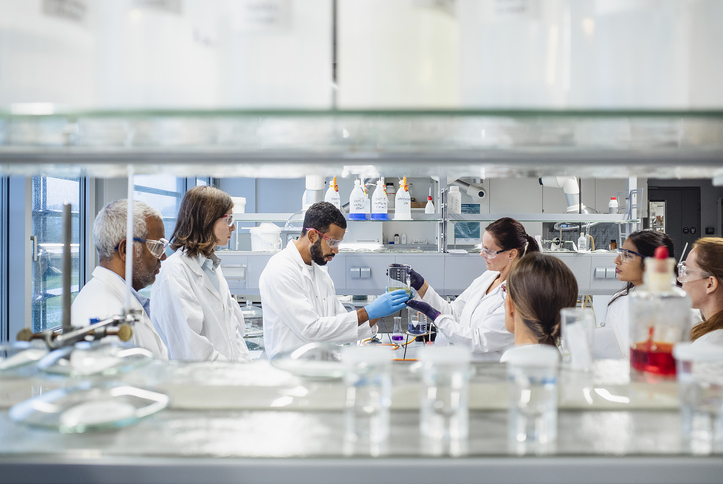All bioprocessors must address the problem of host-cell proteins (HCPs). Part of the challenge arises from even measuring HCPs, which need to be kept to the lowest possible levels, especially in the final product. To meet those needs, Guojie Mao, PhD, principal scientist, R&D, Lonza, says, “My team and I have focused on ensuring our platform testing methods are as robust as possible at all stages of production.”
These HCP assays play various roles in bioprocessing. “With these testing methods, we can understand the quantity of HCPs that remain in the product during the manufacturing process, and therefore monitor the removal of impurities in later stages of production,” Mao explains. “This enables us to reduce the level of impurities to appropriate critical-quality-attribute levels.”
Appropriate for scale
Moreover, HCP assays need to meet the needed scale. “For scalability, we can develop a method that works well on a small scale to generate HCP antibodies, but it can be a challenge to scale this up so all the methods and reagents required can be consistently used across testing sites,” Mao notes. “This relates to supply challenges, as developed HCP analysis methods require a number of reagents, and this need multiplies as processes are scaled up, further increasing stock demands.”
To make a widely applicable test, Mao’s team must also consider how many HCPs an assay’s antibody can detect. As Mao says: “For an HCP antibody to achieve maximum coverage, there are two considerations here: how we can improve the quality of the antibody to ensure such coverage, and what kind of source materials are used for developing the HCP reagents to help achieve this?” The answers to these questions depend on the application. “There are different processes which can be used, so we need to consider which is the most appropriate,” Mao says. “Scalability is important to consider again here to ensure that we only recommend processes which can be scaled effectively.”
Just using these assays in house, though, is not enough. “When applying these methods, it is vital to demonstrate to regulatory authorities and customers how HCP testing method development works, and how accurately and consistently it measures HCP clearance along the manufacturing process,” Mao points out.


